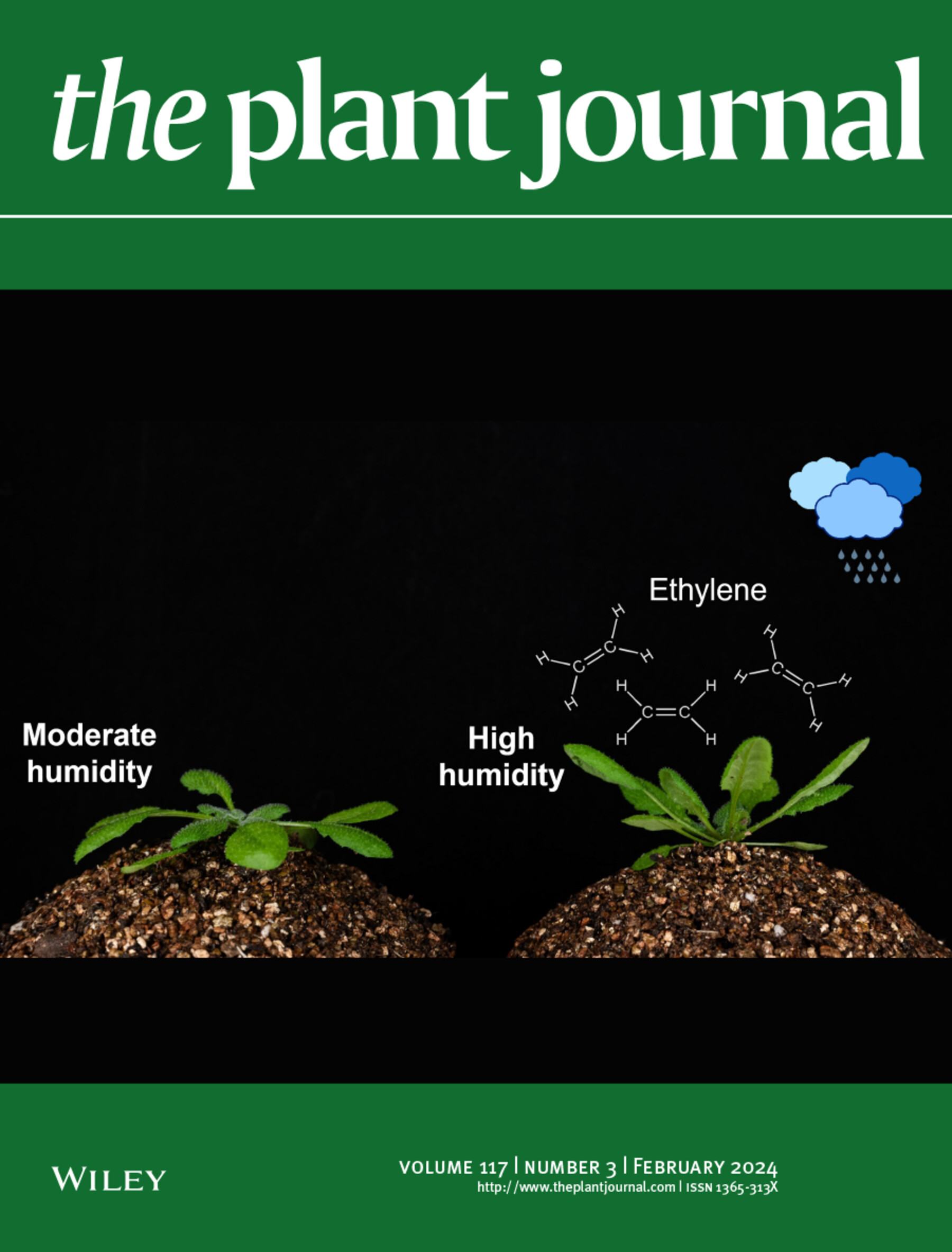Dimerization among multiple NAC proteins mediates secondary cell wall cellulose biosynthesis in cotton fibers
Abstract
Cotton fibers, essentially cellulosic secondary cell walls (SCWs) when mature, are the most important raw material for natural textiles. SCW cellulose biosynthesis determines fiber thickness and industrially important fiber quality parameters, such as fiber strength and fiber length. However, transcriptional regulatory networks controlling fiber SCW cellulose formation remain incomplete. Here, we identify eight NAC domain proteins (GhNACs) that are involved in fiber SCW cellulose synthesis. These eight GhNACs can form pairwise heterodimers that may act as dimers, or perhaps even as an octameric protein complex, to transactivate GhCesA expression. Moreover, heterodimerization of GhNACs can in different combinations synergistically activate GhCesA genes. Through our analyses of transcription factor—DNA and transcription factor—transcription factor interactions, we propose a multi-layered transcriptional regulatory network in which the regulation of SCW cellulose biosynthesis in cotton fiber is mediated by multiple NAC protein dimers. These findings enhance our understanding of the roles of NAC proteins in SCW formation and offer new insights into fiber-specific transcriptional regulatory mechanisms of cellulose synthesis.

 求助内容:
求助内容: 应助结果提醒方式:
应助结果提醒方式:


